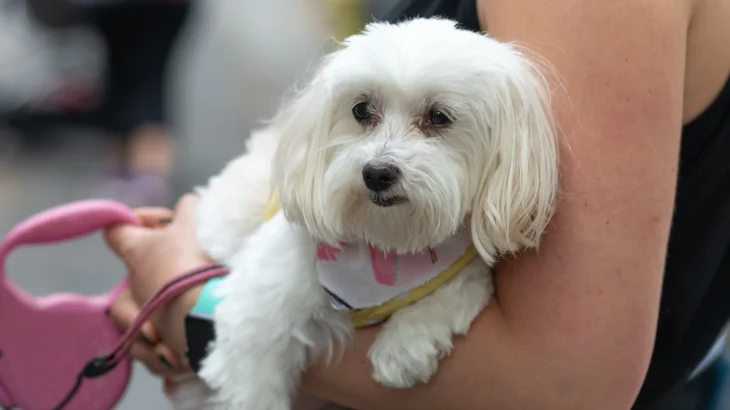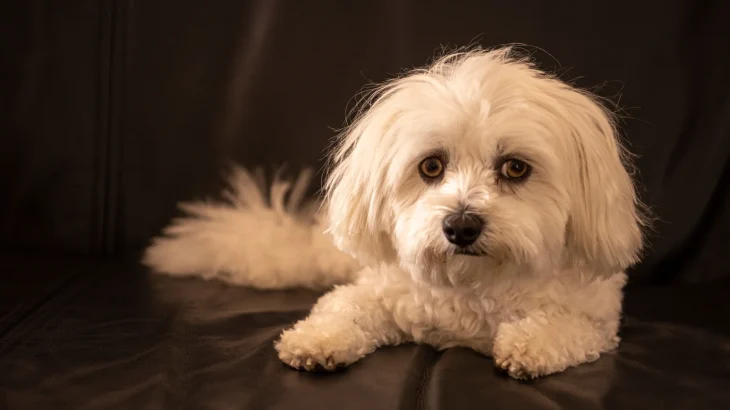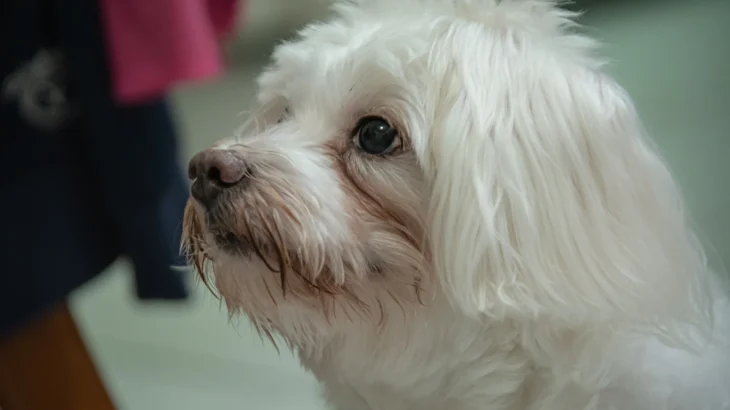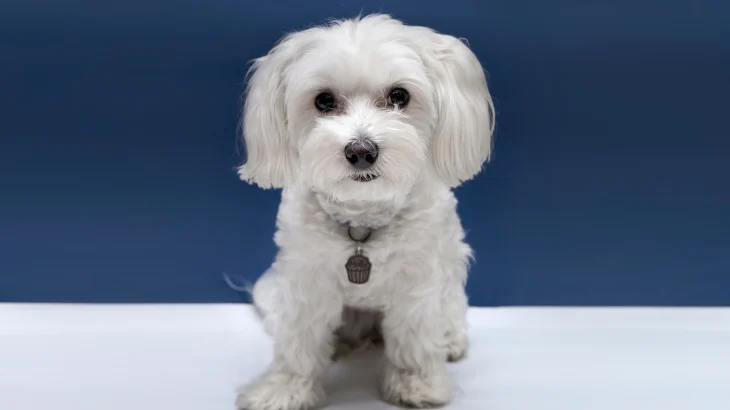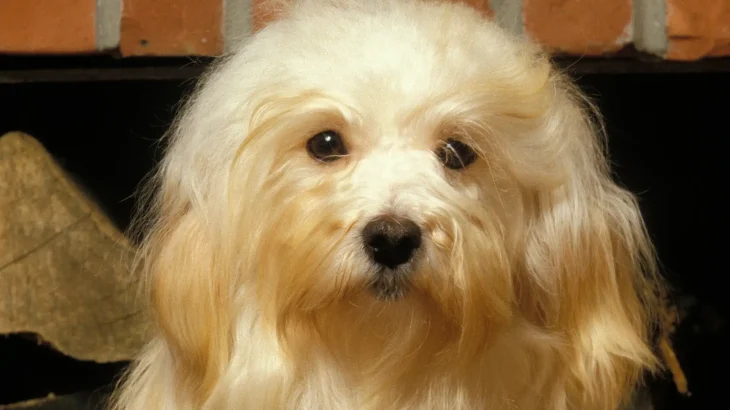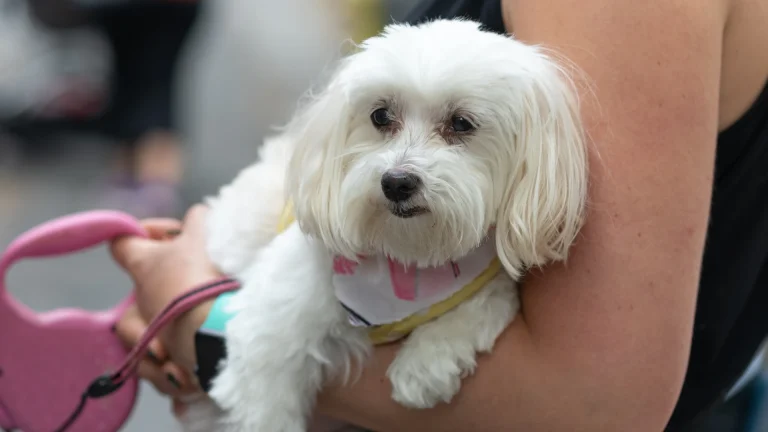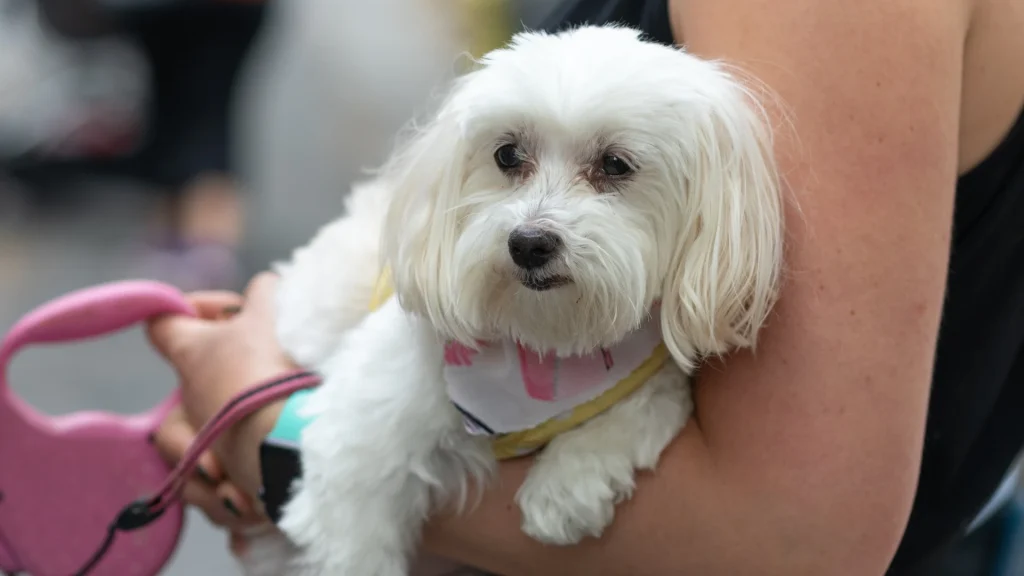Deciding whether to adopt or purchase a Havanese puppy depends largely on your priorities, such as knowing the pup's background versus giving a dog a second chance. Buying from a breeder generally offers more insight into the puppy's health and lineage, while adoption provides an opportunity to rescue a dog in need. Each choice has its own benefits and trade-offs that are worth considering carefully.
Adoption vs. Breeder: Pros & Cons
| Criteria | Buying from Breeder | Adopting from Shelter/Rescue |
|---|---|---|
| Cost | Usually higher, reflecting purebred status and breeder care. | Lower adoption fees supporting animal welfare. |
| Health History | Often detailed health screenings and genetic testing. | Health records might be limited or incomplete. |
| Age Availability | Primarily puppies, allowing early bonding. | Various ages available, including older dogs. |
| Temperament Insight | Breeders provide info about lineage and traits. | Rescue staff offer behavioral insights based on history. |
| Supporting Practices | Supports responsible breeding if breeder is ethical. | Supports animal welfare by rescuing dogs. |
| Ethical Considerations | Care needed to avoid supporting unethical breeding. | Helps reduce shelter overcrowding and unethical breeding. |

